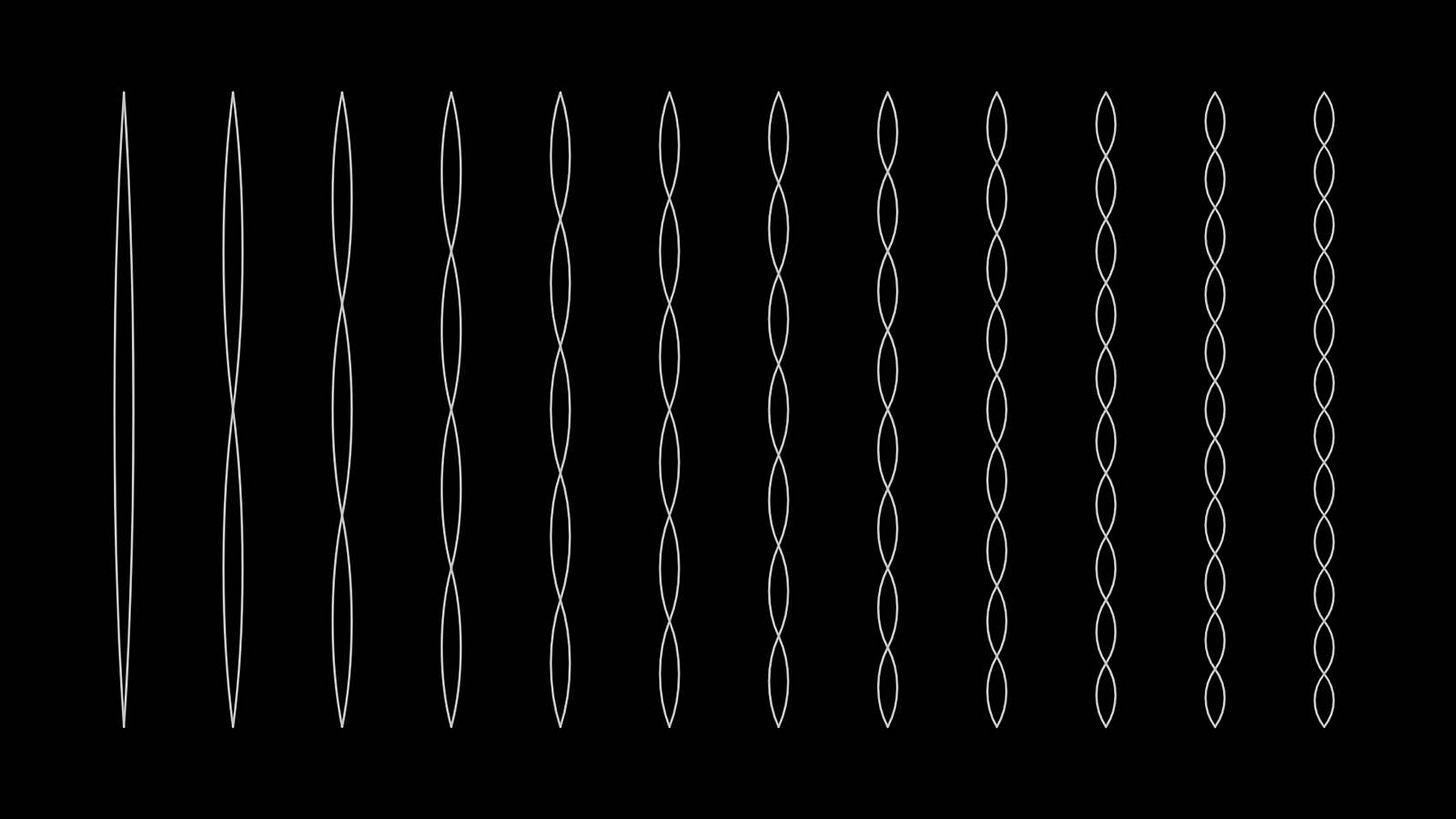👋 Announcements — Welcome to Archive & Collection!
We hope that everyone enjoyed Thanksgiving and is ready for the final two weeks of this semester! Interaction Nerds also comes back with some freshly dropped new opportunities in our Opportunities Database—check it out! 🤩
In addition, Interaction Nerds has been launched for almost a year, and we would like to hear your thoughts! Please let us know your thoughts about the content and what content you’d like to see by filling out this quick survey! 📝
🍀 Industry — Twitter UX Nightmare
On Nov. 9, Twitter rolled out a new and exciting feature: for only $8 a month, you could receive the coveted “blue check mark” on your Twitter account, previously only given to trustworthy, notable accounts in government, news, and other designated categories. Of course, since people never impersonate one another on the Internet, this program was a stunning success (what was the point of this program? No idea).
Well…
Within hours, people signed up and were impersonating celebrities, politicians, and corporations, spreading misinformation faster than Elon Musk firing Twitter employees. The new CEO of Twitter, in the wake of laying off 3,700 employees and firing his entire company board, chief of information security, chief of privacy, and chief compliance officers, essentially rolled out a dark pattern on purpose. 😨
☠️ Dark Pattern: tricks used to manipulate and redirect a user to perform a forced action that they do not intend to perform.
Here’s the official account. Can you tell the difference without scrolling back up? 🫣
🌾 Opinion — Design’s Ethical Compass & Humility (or lack thereof)
Design & tech can easily harm millions of people, even when built with good intentions. Whether it be “small” creations like a Snapchat filter that gives people “digital blackface”, or “big” systems like criminal justice software that has inequitable outcomes for black defendants, when design lacks an ethical compass or doesn’t consider potential harmful consequences, people suffer. All of us, especially young designers, need to hold companies and each other to higher standards. 🧐
In this article, Sara Wachter-Boettcher explains how tech has gotten away with negligible scrutiny for far too long and what steps we can take to design tech that equitably benefits the world. 🫡
📖 A few key points:
🛠️ Tech’s mantra of “move fast and break things” may allow for faster innovation, but without properly considering potential ethical ramification, it breaks not just standards, but people’s well-being and safety.
🌿 Humility is a requirement to be a good designer. You do NOT know best. That knowledge lies within those you’re designing for.
👀 Check your assumptions. We all have biases within us. You’re only human, so you do too! When designing, make sure to pause and check in with yourself. Have you checked your assumptions with research?
⚡ Recognize your power. As a designer, you have great power over others. With that power comes responsibility for any ethical ramifications or potential consequences your choices may cause.
🪴 Skill — How Can I Be An Ethical Designer?
Now, you may be thinking, WHOA that’s a lot of pressure you just put on me… I’m just a college student who has so much more to learn… how am I supposed to do all of that?! 😰
Or maybe that’s me projecting.
As young designers, the biggest thing we can do is to prioritize ethical considerations and hold companies, professors, and those around us to a baseline standard of considering how our designs might harm people. 💪
On an industry-wide level, we can begin to establish a standard set of ethical guidelines. Check out this lecture given at CMU by George Aye of Greater Good Studio - the entire lecture gives a wonderful perspective on ethics in the design industry but you can skip to 36:55 to hear George talk about a System of Accountability.
🌻 Participatory Design: a design method where end-users of a product, service, or experience take an active role in co-designing solutions for themselves.
By designing with people, rather than for people, ethical considerations are baked into your process, rather than just tacked on at the end. Additionally, co-design often results in innovative ideas designers would never have thought of!
Click here for a more in-depth explanation & case study of participatory design.
🎆 Fun - Random Cool Things!
An interactive string instrument NYC subway map, written with plain HTML, CSS, JavaScript.
A simple interactive diagram of what harmonics sound like.
🤔 Who’s behind the scenes?
Thanks for reading this week’s Interaction Nerds by CMU UXA! The editors behind this work are Alana Wu, Sean Shen, and Rebecca Jiang.
🥰 Follow Us
We look forward to co-curating future content with you! Let us know what you think about the content and send us some good vibes through these channels below.
Instagram | Facebook | Linkedin | UXA Website
🤩 Opportunities
Looking for participants for your research? Wanting to recruit students to work in your lab or on your project? Advertise on the UXA newsletter! Fill out our opportunity form with some information about what you want to advertise, and we'll feature your project/opportunity on the UXA newsletter!
🌱 Join the Community
Join the Slack channel to get updates on upcoming events, learn about cool resources and opportunities, ask questions about anything HCI, and much more.







